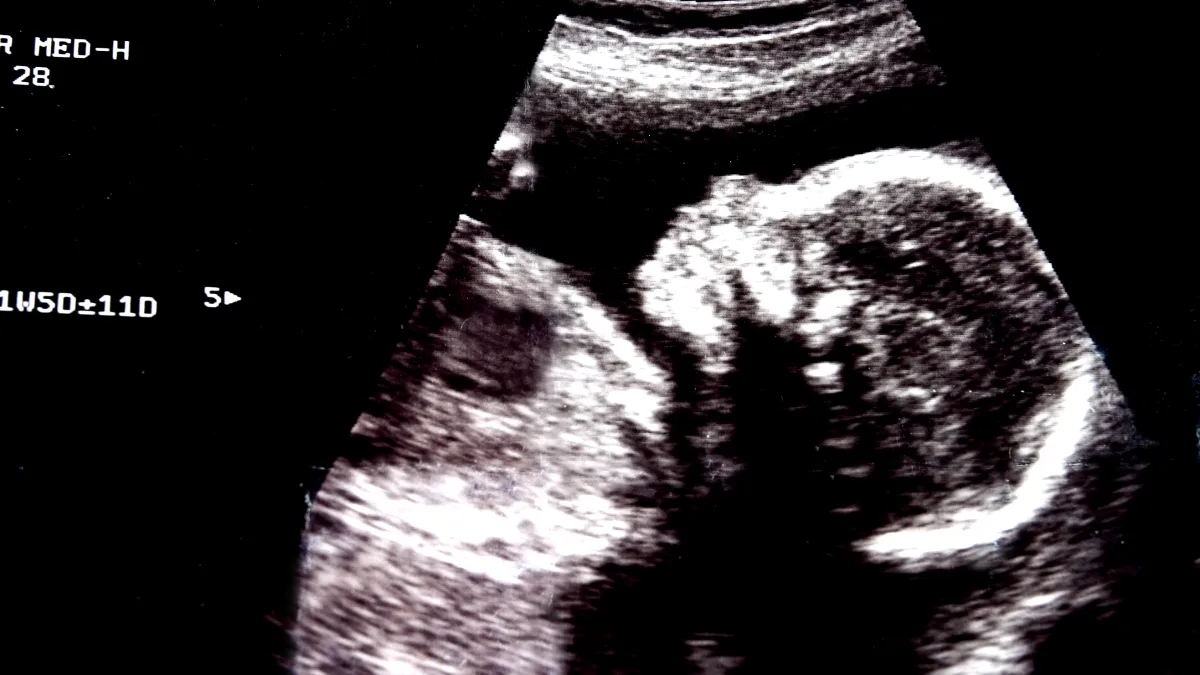When a roadside tea seller in rural Andhra Pradesh can accept digital payments via QR code, it’s clear that the rules of global technology have changed.
That chaiwallah’s ability to receive funds digitally stems from India’s open source digital infrastructure, built on foundations that any government can freely copy, modify, and deploy. For developing nations watching 800 billion US dollars in annual government technology spending flow overwhelmingly to rich economies, this represents more than convenience—it’s a blueprint for reinvention.
Gartner estimates that nearly 90 per cent of global government technology spending serves just 2.5 billion people in wealthy countries, leaving 5.5 billion others to achieve digital transformation with a fraction of the resources.
Developing countries are discovering they need not remain supplicants to Silicon Valley’s largesse. Open source software offers an alternative.
The stack that roared
India’s digital public infrastructure began with Aadhaar in 2009, when 400 million Indians lacked any form of digital identity. Today, nearly 95 per cent of the population can digitally prove who they are, whilst the Unified Payments Interface processes over 83 billion transactions annually—up from less than one billion in 2018.
This achievement helped India reach 80 per cent financial inclusion in six years, a feat that would otherwise have taken 47 years, according to the Bank for International Settlements.
India is not hoarding its digital crown jewels. Eight countries have signed memoranda of understanding to adopt India’s digital infrastructure, with thirty more expressing interest. The code that powers everything from digital identity to vaccine management is freely available, ready to be deployed wherever governments possess the will to embrace it.
Estonia offers (doesn’t it always?) an even more mature example of open source statecraft. The Baltic nation’s X-Road data exchange platform, developed in the 2000s, now operates in over 20 countries. With 100 per cent of public services available online, Estonia weathered the Covid-19 pandemic with remarkable digital resilience.
The Nordic Institute for Interoperability Solutions, jointly funded by Estonia, Finland, and Iceland with 2.5 million euros annually, maintains these systems as global public goods.
Breaking the vendor chains
The appeal extends beyond mere economics, though cost savings remain compelling. Ukraine’s ProZorro procurement platform, built on open source foundations, tackled endemic corruption whilst reducing development costs.
The platform’s transparency allows technologists and academics to inspect the source code, creating accountability that proprietary systems cannot match.
Such transparency matters as governments worldwide grapple with vendor lock-in and digital dependencies. Reliance on single vendors can limit flexibility, scalability, and interoperability, potentially leading to long-term dependency and increased costs.
Open source offers an escape route from these digital shackles.
The programme office revolution
The potential has sparked institutional innovation. In December 2024, the UN Development Programme, International Telecommunication Union, and European Union launched the first Open Source Programme Office in Trinidad and Tobago. Over 30 per cent of Fortune 100 companies already operate such offices, which streamline collaboration and reduce costs.
The Trinidad and Tobago office, hosted at the University of the West Indies, aims to catalyse digital public services that bypass vendor lock-in to expensive third-party technologies. This represents more than technical assistance—it’s capacity building for digital sovereignty.
The Open Source Ecosystem Enabler initiative embodies a new approach to development cooperation, one that builds lasting capabilities rather than temporary dependencies. Unlike traditional aid models that create client relationships, open source transfers genuine technological autonomy.
Reality’s sharp edges
Open source is no panacea. Developers in developing countries struggle with infrastructure constraints, from unreliable internet to scarce modern hardware. The misconception that open source means cost-free implementation overlooks maintenance, training, and support requirements.
Security, interoperability, and inclusion challenges demand robust governance frameworks.
Many African countries have developed policies comparable to those of developed nations, but implementation remains poor due to governmental changes, lack of political will, or competing regional interests. Nigeria’s Geoinformation Policy, which aims to standardise hardware, software, and metadata related to geospatial data and which was submitted way back in 2003, illustrates this pattern. More than two decades on, it is still waiting for widespread adoption across the country.
The skills gap poses another constraint. Limited talent pools and poor developer ecosystems constrain a country’s ability to sign additional digital infrastructure agreements. Building genuine technical capabilities requires sustained investment in education and training—areas where many developing countries remain chronically under-resourced.
The code ahead
Despite these challenges, the trends look promising. Globally, 95 per cent of organisations increased or maintained open source usage in 2023, with the most significant growth in Latin America, Asia, Africa, and the Middle East. The open source services market, valued at 21.7 billion US dollars in 2021, is projected to reach 50 billion US dollars by next year.
Cost reduction has become the top driver for open source adoption, reflecting economic pressures and global instability. For cash-strapped governments facing 5.6 trillion US dollars annual costs to achieve inclusive digitalisation, open source offers not just savings but strategic autonomy.
The revolution’s true measure lies not in lines of code but in reimagined possibilities. When small island states like Trinidad and Tobago can establish digital infrastructure offices, when rural tea sellers accept digital payments, when countries share rather than hoard technological capabilities—the old rules of digital development no longer apply.
The question facing developing nations is not whether they can afford to embrace open source, but whether they can afford not to. In an interconnected world where digital infrastructure determines economic competitiveness, the choice between technological dependence and digital sovereignty has never been starker.
The code, as they say, is already written. Implementation remains optional—for now.
Photo: Dreamstime.







